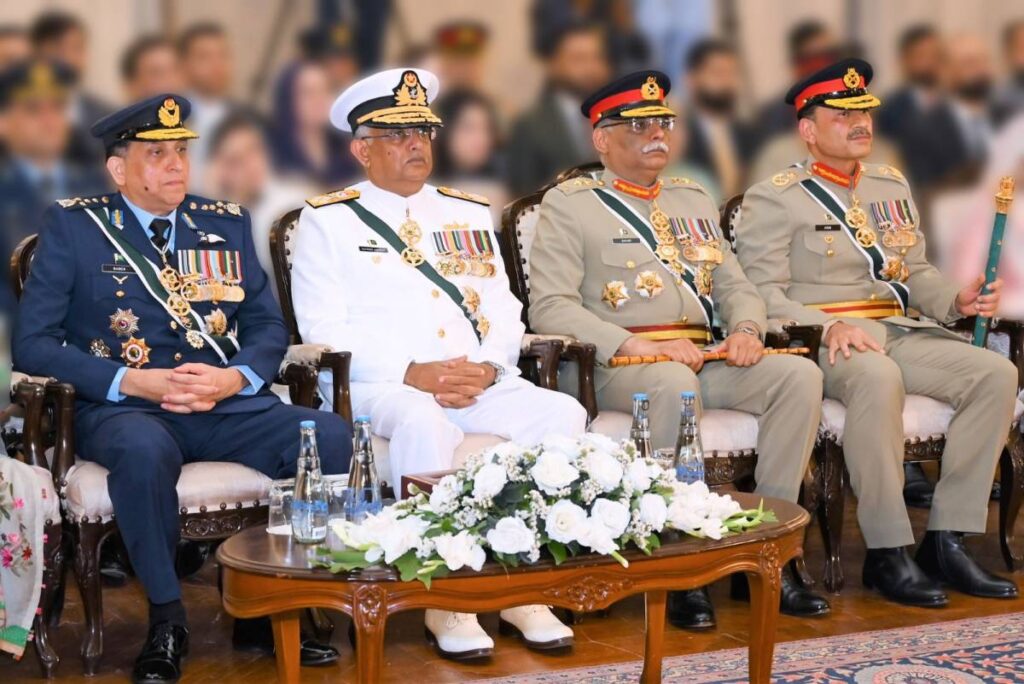Field Marshal: The Pinnacle of Military Leadership
Field Marshal: The Pinnacle of Military Leadership
Understanding the Rank of Field Marshal
The rank of Field Marshal is recognized as the highest military rank in many armies around the world. It is a position reserved for those who have exhibited extraordinary leadership, strategic excellence, and immense contributions to national defense. This rank is not typically active during peacetime but is bestowed as a ceremonial or wartime honor upon generals who have displayed unmatched service.
Historical Origins and Evolution
The title of Field Marshal originates from the Holy Roman Empire, where it was used to denote the general in charge of the cavalry. The word itself is derived from the German term “Feldmarschall”, with “Feld” meaning field and “Marschall” referring to a high-ranking officer. Over centuries, the rank became associated with supreme command authority, especially during large-scale wars.
Across European nations and their colonies, the rank evolved, and by the 18th and 19th centuries, it was firmly established as the apex of military hierarchy. During the World Wars, many nations including the UK, Germany, and the Soviet Union, appointed Field Marshals to lead major theaters of war.

Field Marshal: The Pinnacle of Military Leadership
Field Marshal Rank in Different Countries
United Kingdom
In the British Army, Field Marshal is the highest rank, often awarded as a lifetime honorary position. Traditionally, it was awarded to senior military commanders and members of the royal family. Notable holders include:
- Field Marshal Bernard Montgomery – Led Allied forces during WWII.
- Field Marshal Sir Douglas Haig – Commanded British forces on the Western Front during WWI.
Though rarely awarded today, it remains a symbol of ultimate respect and recognition.
India
India retained the Field Marshal rank after independence. It has been awarded only twice:
- Field Marshal Sam Manekshaw – Recognized for his leadership during the 1971 Indo-Pak war.
- Field Marshal K. M. Cariappa – First Indian Commander-in-Chief of the Indian Army post-independence.
This five-star rank is honorary and does not retire, signifying a perpetual state of military service.
Germany
Germany’s equivalent was the Generalfeldmarschall, prominent during World War II. It was one of the most powerful positions in the Wehrmacht, held by figures such as:
- Erwin Rommel
- Gerd von Rundstedt
After WWII, Germany discontinued the rank.
Soviet Union and Russia
The Soviet Union established the title of Marshal of the Soviet Union, the highest military rank, equivalent to Field Marshal. Leaders such as:
- Georgy Zhukov – Famous for his role in defeating Nazi Germany.
- Rodion Malinovsky – Played key roles during and after WWII.
In the Russian Federation, the title Marshal of the Russian Federation is equivalent, though seldom used.
Other Nations
- France uses Marshal of France (Maréchal de France) as an honorary distinction, not an active rank.
- China awarded the rank of Marshal (Yuan Shuai) during the Mao era but discontinued it in the 1960s.
- Thailand maintains Field Marshal as a ceremonial rank awarded by the monarchy.
Insignia and Uniform Distinctions
Field Marshals are easily recognized by their distinctive insignia, which often include:
- Crossed batons
- Laurel wreaths
- Gold braid shoulder straps
- Five stars or equivalent rank badges
These symbols emphasize their prestige and command authority. In ceremonial events, Field Marshals wear elaborate uniforms, often adorned with medals, sashes, and regalia signifying their national service.
Powers and Responsibilities
Though largely ceremonial today, the traditional powers of a Field Marshal include:
- Commanding entire military theaters
- Strategic planning of national defense operations
- Liaison with political leadership during war
- Mentorship of senior generals and officers
In the past, Field Marshals would have direct influence over mobilization, logistics, and deployment of forces across international frontlines.

Field Marshal vs. Other Military Ranks
| Rank | NATO Code | Star Level | Command Scope |
|---|---|---|---|
| General | OF-9 | 4-star | Army or corps-level operations |
| Field Marshal | OF-10 | 5-star | National or theater-wide operations |
| Lieutenant General | OF-8 | 3-star | Division or corps-level |
| Major General | OF-7 | 2-star | Division-level |
This table highlights the hierarchical supremacy of the Field Marshal rank over other military ranks.
Famous Field Marshals in History
1. Field Marshal Bernard Law Montgomery (UK)
Played a pivotal role in the Battle of El Alamein and led the Allied ground forces during Operation Overlord (D-Day). Known for his tactical brilliance and motivational leadership.
2. Field Marshal Sam Manekshaw (India)
Instrumental in India’s victory in the 1971 Indo-Pakistani war, leading to the creation of Bangladesh. Admired for his charisma and strategic command.
3. Generalfeldmarschall Erwin Rommel (Germany)
Dubbed the “Desert Fox”, Rommel earned fame during the North African Campaign. Renowned for his innovative tank warfare tactics.
4. Marshal Georgy Zhukov (USSR)
Directed Soviet victories at Stalingrad and Berlin, and was a key architect of the defeat of Nazi Germany.
The Decline and Legacy of the Field Marshal Rank
In the modern age, the relevance of the Field Marshal rank has diminished. Most contemporary armies do not actively use or appoint new Field Marshals. However, the symbolic weight and honor attached to this rank remain. It is often awarded posthumously or as a state recognition of lifelong military service.
Even without active duty, the presence of Field Marshals in national ceremonies, military parades, and historical commemorations reflects their lasting legacy.
Why the Rank Still Matters Today
In an era of evolving warfare, where cybersecurity, drones, and AI-based defense systems are reshaping the battlefield, the Field Marshal rank remains a reminder of leadership excellence, historical victories, and patriotic dedication.
It symbolizes:
- Honor above all
- Service beyond retirement
- Wisdom guiding future military generations
Conclusion
The Field Marshal is more than just a rank; it is a symbol of military greatness. From ancient European battlefields to modern-day ceremonies, the rank has embodied courage, strategy, and nation-first values. While its functional use may be limited today, its historical significance continues to inspire military personnel and civilians alike.

Join Us On https://jobsgoro.com/Join Our Whatsapp Group https://chat.whatsapp.com/CVwROiD9kKSFwq6pnIdQxiJoin Join Us On Facebook :https://www.facebook.com/profile.php?id=100085051735597&mibextid=ZbWKw